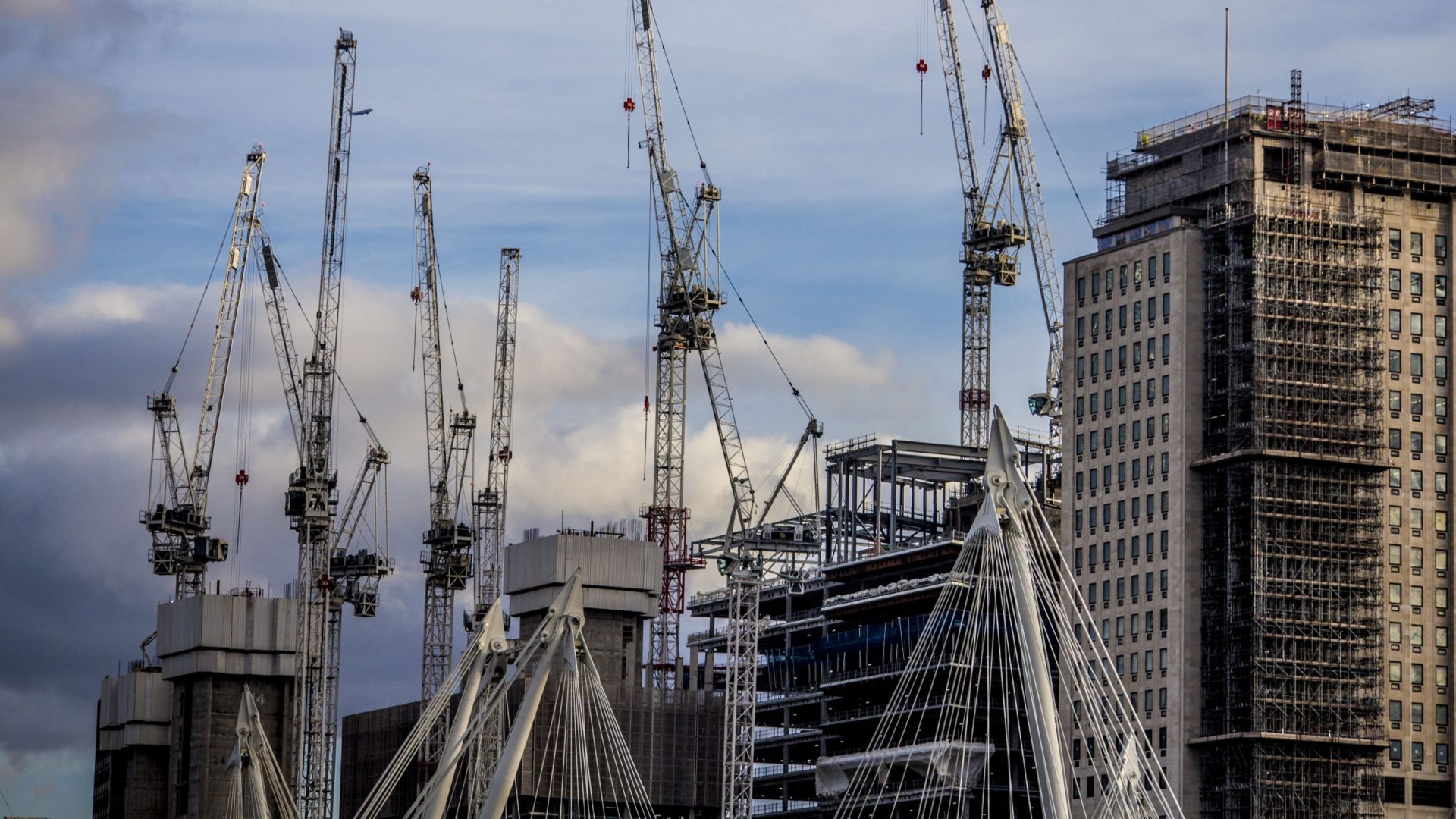Despite 2023 having been a bumpy year for construction, there are reasons to remain optimistic in the new year, writes Pablo Cristi Worm.

2023 has been a challenging year for the economy and construction.
Alongside escalating inflation and a 15-year peak in interest rates, the second quarter brought the highest level of construction insolvencies ever recorded.
Yet construction remained remarkably resilient. In fact, it was pivotal in averting a contraction in UK gross domestic product, given that by Q3 of this year, construction was the only economic sector still experiencing growth – albeit a modest 0.1%.
This weak growth was partly the result of investment cooling in the face of uncertainty across the economy. The housing sector, which is the largest in construction, was impacted by rising mortgage rates, pressures on household finances and the end of the Help to Buy scheme.
Across the construction market more widely, investor confidence was knocked by an expectation mid-year that the bank rate could reach 6.1% by the end of 2023 – and this saw a decline of construction new orders by 7.7% between Q1 and Q2. By Q3, confidence started to recover, meaning across the first three quarters of 2023 the overall fall was only 4.1%.
It’s not all bad news
However, inflationary pressure has been subsiding and construction output prices have been falling since their peak in July. By September, they were just 1.9% higher than they were in January 2023. As we approach the end of the year, the industry has been seeing greater relief on cost pressures mainly attributed to lower prices of construction materials, the softening of shipping costs and a decrease in natural gas import prices.
These trends meant that by September construction output volume surpassed the levels seen at the beginning of the year by 2%. Growth has been driven by repair and maintenance (R&M) projects across all sectors.
Non-housing R&M performed notably well, increasing by 4.8% from January to September 2023. Programmes like the government’s retrofit schemes have supported R&M work, while the increasing focus on sustainability and energy efficiency has boosted the sector as a whole.
Looking forward to 2024, there are reasons to remain optimistic.
With inflation falling faster than market expectations in October, the bank rate is widely expected to have peaked. Sentiment within the construction industry is also improving. The Royal Institute of Chartered Surveyors UK Construction Monitor indicates positive workload expectations for the next 12 months, and housebuilders will be encouraged by the expected decrease in mortgage rates as inflation curves.
Private commercial and office fit-outs are still experiencing heightened demand as firms continue to update and upgrade their footprints post-pandemic, while for infrastructure, investment is being buoyed by the commencement of the new asset management plan-period in the water sector (AMP8, the eighth asset management period regulated by Ofwat), coupled with the imperative to invest in renewable energy sources.
Cautious optimism
While embracing this positive outlook, the construction industry must remain alive to potential headwinds and persistent long-term challenges. Data collected by Turner & Townsend from across the supply chain shows that even if pressures are easing, contractors continue to be exercised by challenges around investment in new projects, high construction costs, and shortages in skilled labour.
Caution is sensible in what remains a volatile market. Insolvency rates remain high, and 2024’s general election poses an additional element of uncertainty – with the two major political parties diverging on attitudes to sustainability, planning, infrastructure and housebuilding. The skills shortage also remains a danger area. Even with inflation falling across the economy, labour supply constrictions may keep construction costs high.
To ensure clients are making the most informed decisions heading into the New Year, they must get closer to suppliers to understand where challenges exist from business to business. Greater use of data and digital tools across projects will also help track trends, identify problems early, and target investment in the most productive way. Vigilance and cautious optimism should be the watchwords for 2024.
Pablo Cristi Worm is a senior economist at Turner & Townsend.











